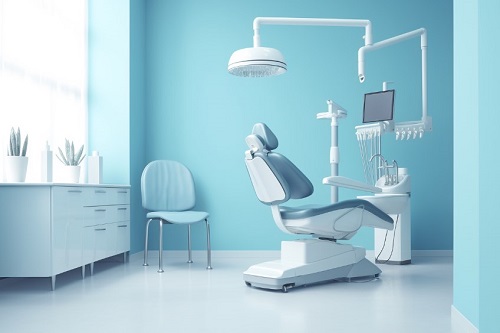Graphene-based Micro-battery Power Biotelemetry Implants
Researchers at Pacific National Laboratory (PNL) have been able to set the foundation for a battery-tech evolution by creating a graphene based battery that is the size of a grain of rice. This particular creation stands out from all previous similar research because the battery can actually be used in real life. The team has successfully used the battery to monitor salmon movements through rivers. This kind of battery tech is expected to usher in a new age of biotelemetry.
These micro-batteries made from graphene are considered a breakthrough by many in biotelemetry. In this medical field, incredibly small sensor packages had already been built, but the silver oxide batteries they used were just not effective enough. The batteries were either too big or they could not last long enough to gather enough data. These graphene batteries might be able to solve all previous shortcomings.
Most technologists argue that the battery is the only piece of the puzzle that is holding back developing technologies. This includes the smartphone, electric auto-mobile, renewable energy, and even biotelemetry technologies. Building the smallest battery would be a very outstanding achievement. Currently micro-batteries, which are expected to shape future battery technologies, largely remain laboratory curiosities.
If these micro-batteries actually develop into useful medical components, then lots of lives will be saved on a daily basis. This is especially useful for patients that require regular monitoring, as they would have access to real time updates without necessarily spending most of their time in hospital. This will also reduce the risk of nosocomial infections (hospital acquired), and doctors will also have access to more accurate health data.
All this is possible because of a unique graphene-fluorine combination that the PNLL team has been working on. The fluorinated graphene is able to retain much higher voltages while it also discharges current more efficiently. The battery uses a ‘jelly-roll’ structure where the material is set up in 3 layers upon one another, which is then rolled up to form a cylinder shape hence the name – jelly roll. The layers actually serve as separating material since they are sandwiched between a lithium anode and a fluorinated graphene cathode. According to the researchers this should be sufficient to send a 744 microsecond signal at a 3 second interval for close to three weeks, which can last longer if the interval is increased.
Nonetheless, the researchers still have to over the main shortcoming of this micro-battery which prevents it from being commercially scalable – each micro-battery has to be hand crafted. The researchers had to cut each piece of the constituent materials, flatten them, lay them on top of each other, and roll them into the cylinder shape all by hand.









